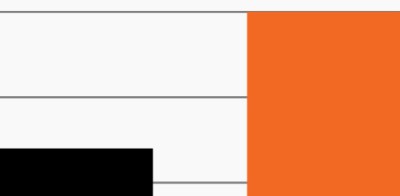Rich valuations, rising interest rates and inflation fears are dominating conversations across the credit-minded world. Spreads for investment grade bonds, high yield bonds and senior secured loans have all surpassed their pre-pandemic tights and are rapidly approaching post-Great Financial Crisis (GFC) lows. With income sparse across financial markets, even the recent record-low yields on many of these asset classes remain attractive on a relative basis. Still, many wonder if valuations are too rich to justify an investment. Now, one year later, we revisit our COVID credit update series to see where things stand — and where they may be heading.
Markets have, by and large, looked past the pandemic since roughly 10 AM on March 23, 2020, when the Federal Reserve announced monetary policies aimed at unleashing massive amounts of stimulus. That Fed action, combined with fiscal support from Congress, ushered in a relatively uninterrupted upward climb in markets for much of last year.
A year later, almost to the day, the end of the pandemic is (hopefully) no longer a matter of “if,” but “when.” As markets have climbed, a shift has begun to occur in the narrative with a renewed focus on themes that have been absent for some time: reflation, procyclicality and expansion. No matter what it is called, things have felt different in markets for the past few months.
In credit, we’ve seen this play out in a few ways. Spreads have retraced to the levels we saw in late February 2020, yields on both investment grade and high yield corporate bonds have touched record lows, and market leadership has rotated to lower-rated assets and those in more cyclically sensitive sectors.
The outlook across risk assets remains broadly constructive. Markets look to have entered a new economic cycle where stimulus is abundant, the Fed is omnipresent, and vaccine distribution is both a metaphorical and literal shot in the arm needed to sustain upward momentum. This rapid spread retracement has left credit markets starting this new cycle largely where they left the old one — with rich valuations across the credit spectrum. In this note, we assess what this means for credit investors today, one year after the COVID-crisis market bottom.
Key takeaways
- Credit markets have largely recovered from the pandemic, and optimism around the continued recovery abounds.
- Although spreads are tight across credit markets, quality among them has largely diverged.
- By ratings mix, the high yield bond market has increased in quality in recent years, while both the investment grade bond and senior secured loan markets have deteriorated.
- We continue to see high yield bonds as attractive given the relatively higher-quality market, above average income and limited duration risk.



